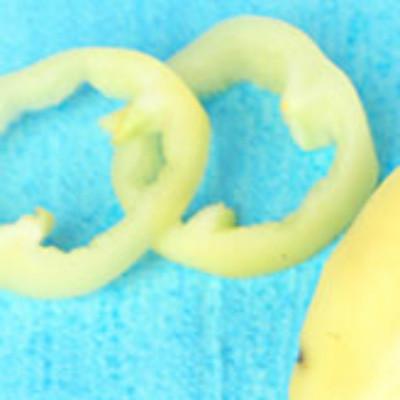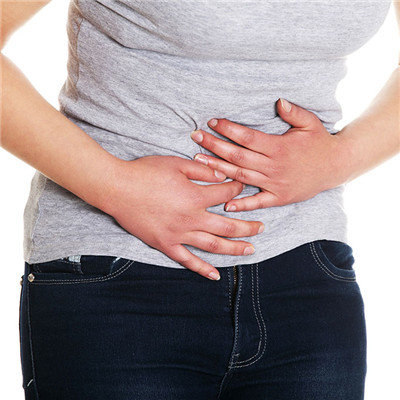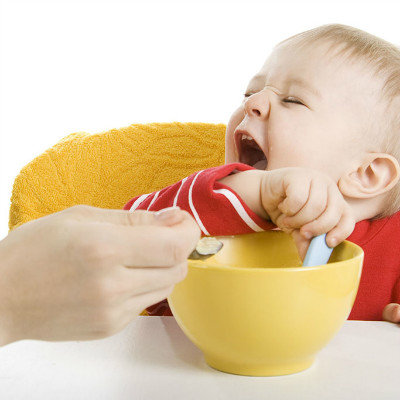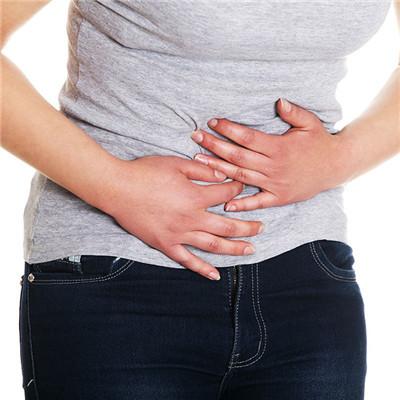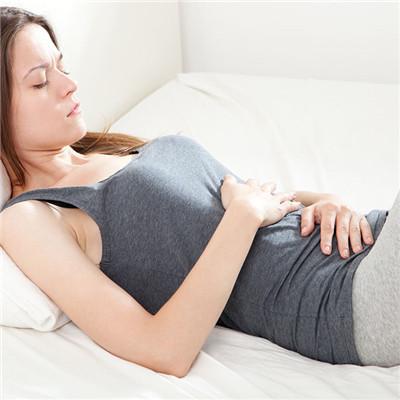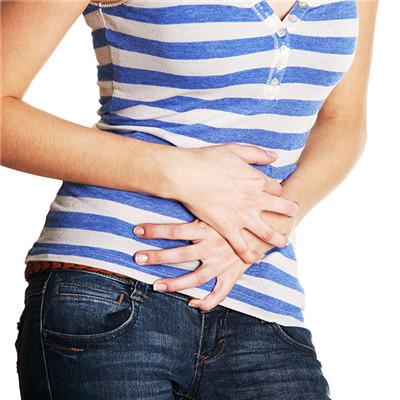What can pelvic inflammatory disease symptom show?
summary
Pelvic inflammatory disease refers to the inflammation of female reproductive organs, connective tissue around uterus and pelvic peritoneum. Chronic pelvic inflammation is often the result of incomplete treatment in the acute stage, which has a long onset time and a stubborn condition. Bacterial retrograde infection, through the uterus, fallopian tube and reach the pelvic cavity. But in real life, not all women will suffer from pelvic inflammatory disease, the incidence is only a few. This is because the female reproductive system has a natural defense function. Under normal circumstances, it can resist the invasion of bacteria. Only when the body's resistance decreases, or the female's natural defense function is destroyed due to other reasons, can pelvic inflammatory disease occur. What does that pelvic inflammatory disease symptom performance have?
What can pelvic inflammatory disease symptom show?
Physical characteristics of chronic pelvic inflammatory disease symptoms: generally low back pain, abdominal pain is more obvious, leucorrhea increased, some will be similar to adnexitis, leucorrhea yellow, or yellow green, have falling pain, with the hand will also have a certain tenderness, will lead to certain irregular menstruation. In tired, after sexual intercourse, menstruation before and after the aggravation of the disease, pelvic inflammatory disease will generally be accompanied by pelvic effusion.
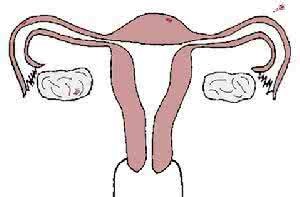
The symptoms of chronic pelvic inflammation are lower abdominal distension, pain and lumbosacral soreness, which often aggravate after fatigue, sexual intercourse and menstruation. The second is abnormal menstruation, irregular menstruation. When the course of disease is long, some women may have neurasthenic symptoms such as mental depression, general discomfort, insomnia, etc. Often prolonged, repeated attacks, leading to infertility, tubal pregnancy, a serious impact on women's health.
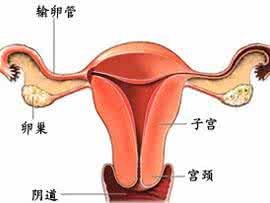
Acute pelvic inflammation, abdominal pain, fever, vaginal secretions increased, abdominal pain is persistent, aggravated after activity or sexual intercourse. If the condition is serious, there may be shivering, high fever, headache and loss of appetite. Menstrual patients may have increased menstrual volume and prolonged menstrual period. Pelvic abscess caused by pelvic inflammatory disease may cause local compression symptoms, and bladder compression may cause frequent urination, dysuria and dysuria; Pressing the rectum can cause rectal symptoms such as irritability. The further development of acute pelvic inflammatory disease can cause diffuse peritonitis, sepsis, septic shock, and even life-threatening in severe cases.

matters needing attention
Strengthen nutrition, give high protein, digestible and nutritious food, and pay attention to supplement water and heat, maintain the balance of water and electrolyte. Encourage patients to build up confidence and explain the importance of active cooperation and persistent treatment. When acute attack, ask the patient to rest in bed, take the half lying position, in order to facilitate the inflammation limited to the pelvic cavity. Disinfect and isolate the perineum beside the bed, keep the perineum clean and dry, and disinfect the patient's perineum pad, bedclothes and bedclothes in time.


